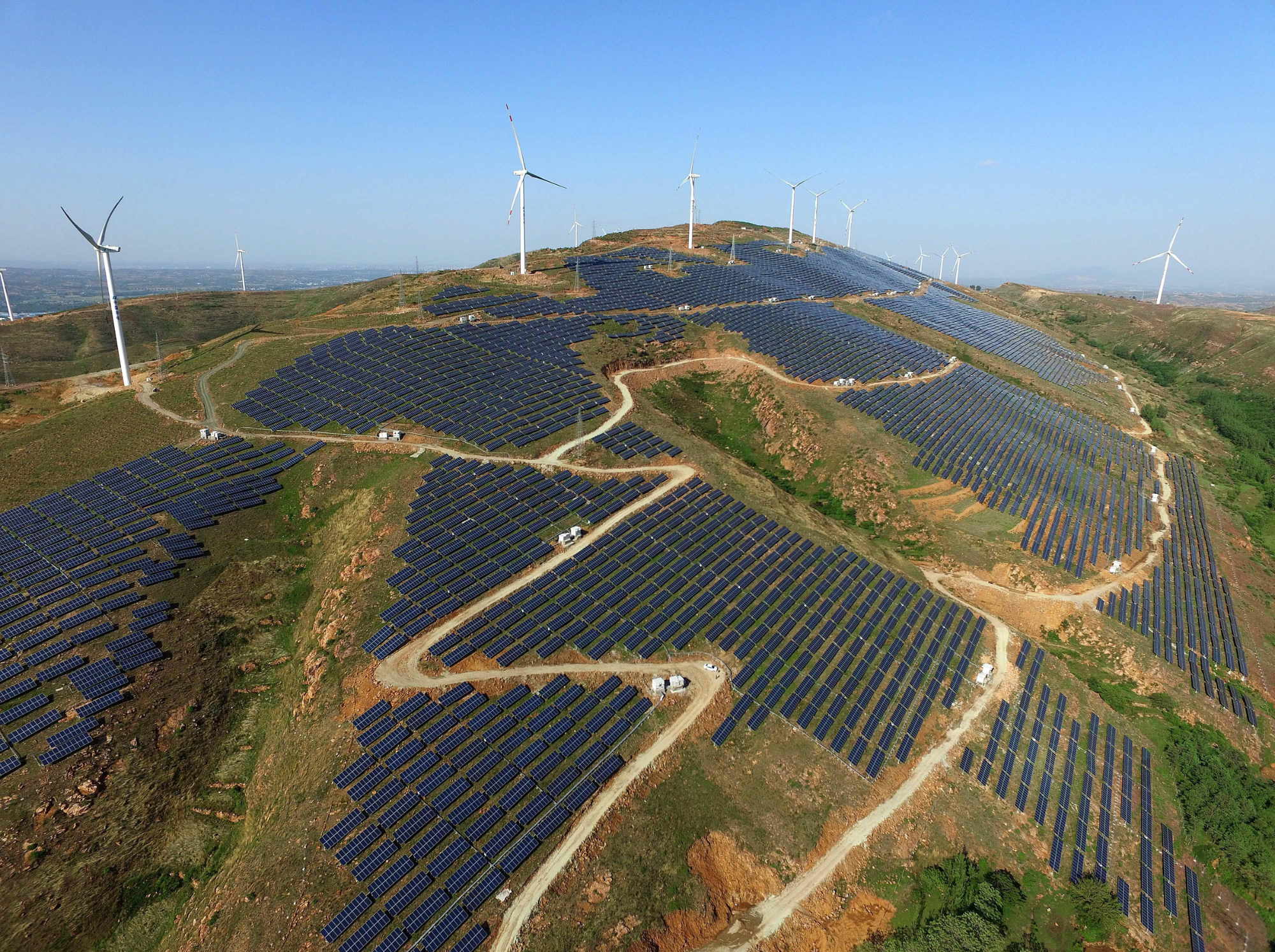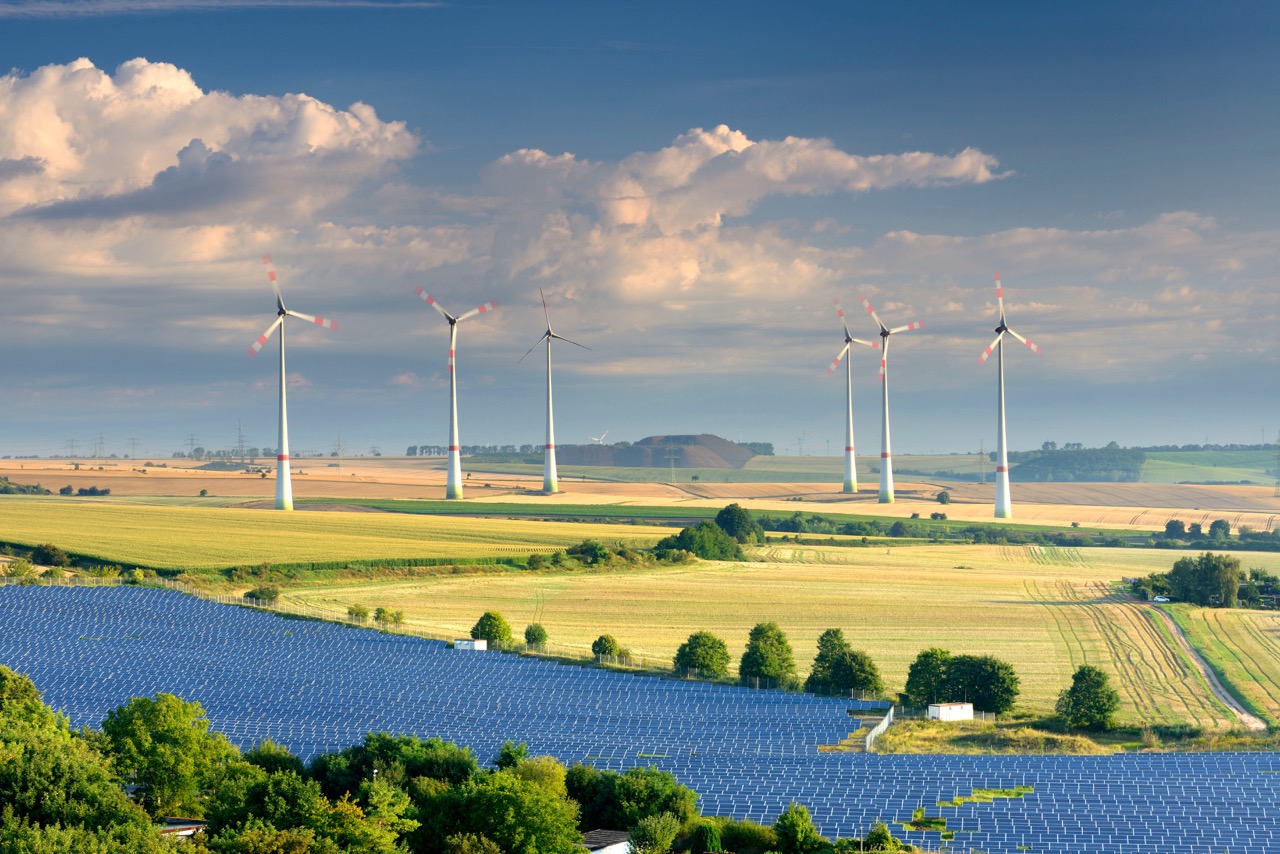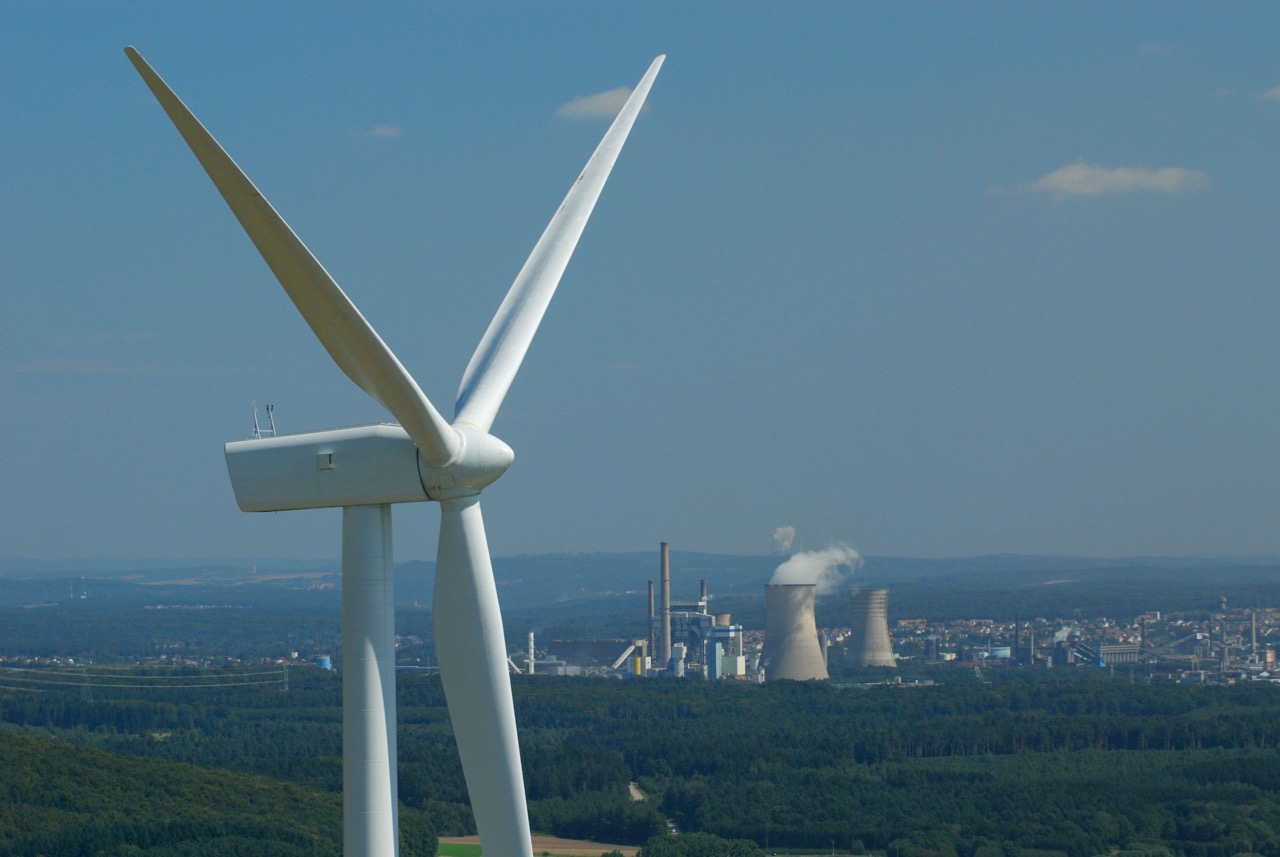There are five key actions needed to rapidly reduce coal mine methane leaks this decade:
- Understand the scale of the problem
- Rapid collapse in coal power generation
- A focus on closing the highest-emitting mines first
- Forcing investment to abate emissions at high-emitting mines
- Addressing abandoned mine methane
1. Understand the scale of the problem
At Ember we believe that a lack of data impedes action. The uncertainties around coal mine methane volumes globally are enormous, with the possibility that they tally at double the accepted estimate – the equivalent of 3.2 billion tonnes of CO2. We need more accurate measurement in order to design effective policies to address the issue.
Currently, most work on coal mine methane emissions is based on desktop research estimates rather than real-time and local measurements. Such estimates are based on old emission factors and science and are very unreliable – showing major differences between even neighbouring mines. Surface coal mines had previously been assumed to release very little methane, yet new satellite data shows that in fact even surface mines can be major emitters. What’s more, coal companies appear reluctant to engage as satellite evidence mounts up.
Independent and systematic measurements must be carried out at all active and closed mines globally, with free access to independent researchers and monitors. These measurements can be supported by aerial and satellite monitoring in order to build a consistent global estimate of the scale of the problem.
2. Rapid collapse in coal power generation
The most effective way to address coal mine methane emissions is to reduce the use of coal, particularly in power generation. The IEA’s Net Zero by 2050 report shows that coal power generation needs to fall by two thirds this decade – a massive 67% fall from 2020 to 2030 – to keep warming to 1.5 degrees. That would lead to a similar fall in coal mine emissions from operational thermal coal mines. Legislating the end of new coal is also crucial – especially considering that draining seams ahead of mining is a large source of methane emissions.
3. A focus on closing the highest-emitting mines first
Not all coal mines are equal. The worst-performing coal emits as much as 100 times more methane than the least-emitting. Retiring the quarter of global mine capacity with the highest intensity of leaks would halve coal mine methane emissions, according to the IEA’s analysis.
4. Forcing investment to abate emissions at high-emitting mines
Low cost technologies and abatement techniques for coal mine methane mitigation are already widely available. These approaches are especially desirable at coal mines which are unlikely to close soon – for example for coal supplying steel plants, which will be slower to transition away from coal than power plants.
The good news is many of these technologies are cheap. Historic projects done a decade ago cost only several dollars per tonne of CO2e. When assessed on the short-term impact of methane, that’s only a few dollars per tonne. With economies of scale and technological progress, the costs of some projects could go down even further. This makes curbing coal mine methane one of the easiest wins for short-term climate impacts: affordable, and relatively easy to implement now.
Despite this, companies have not so far voluntarily stepped in to introduce abatement measures. Policies will be needed in order to ensure implementation at the scale needed, such as emissions limits and technology mandates.
5. Addressing abandoned mine methane
Mines must be closed properly to prevent methane leaking for years to come. This challenge will become only more urgent as more mines are closed in the transition to clean energy.
Mine flooding is the most effective way to reduce methane emissions from abandoned coal sites. In cases where flooding is not technically feasible, mines can be sealed. Regulations and proper enforcement can ensure these measures are broadly applied even when companies have no profit incentive to manage an abandoned asset. Properly shuttering mines will create jobs in coal regions, bolstering both ecological and social justice.





